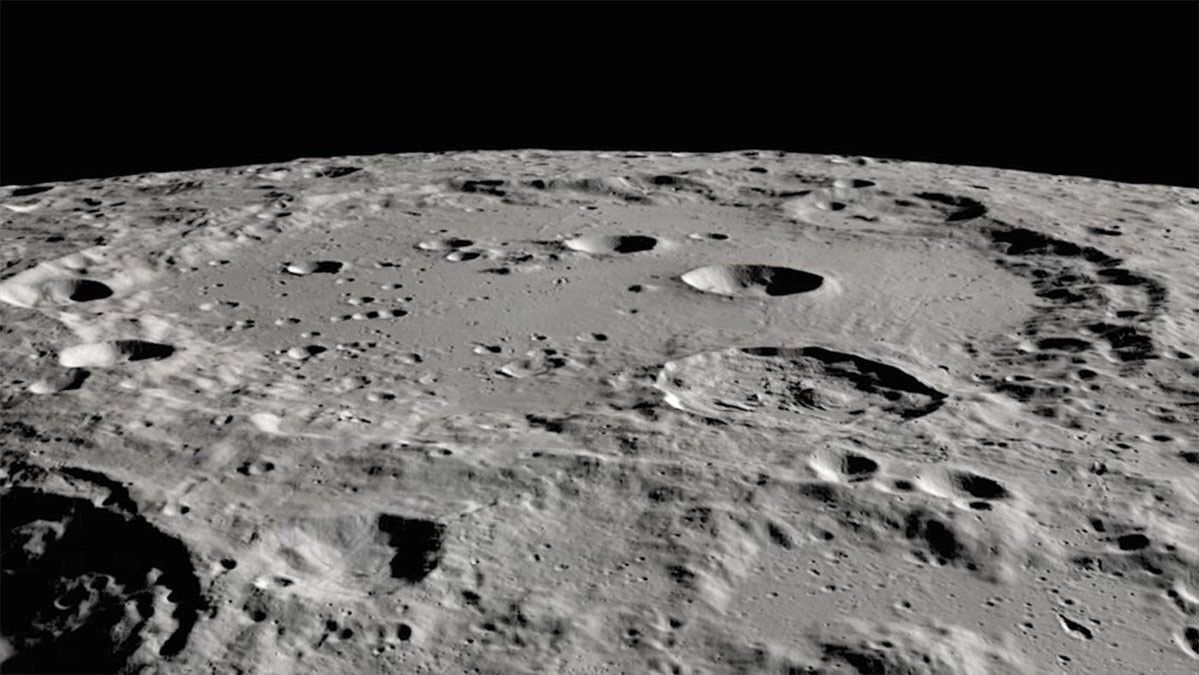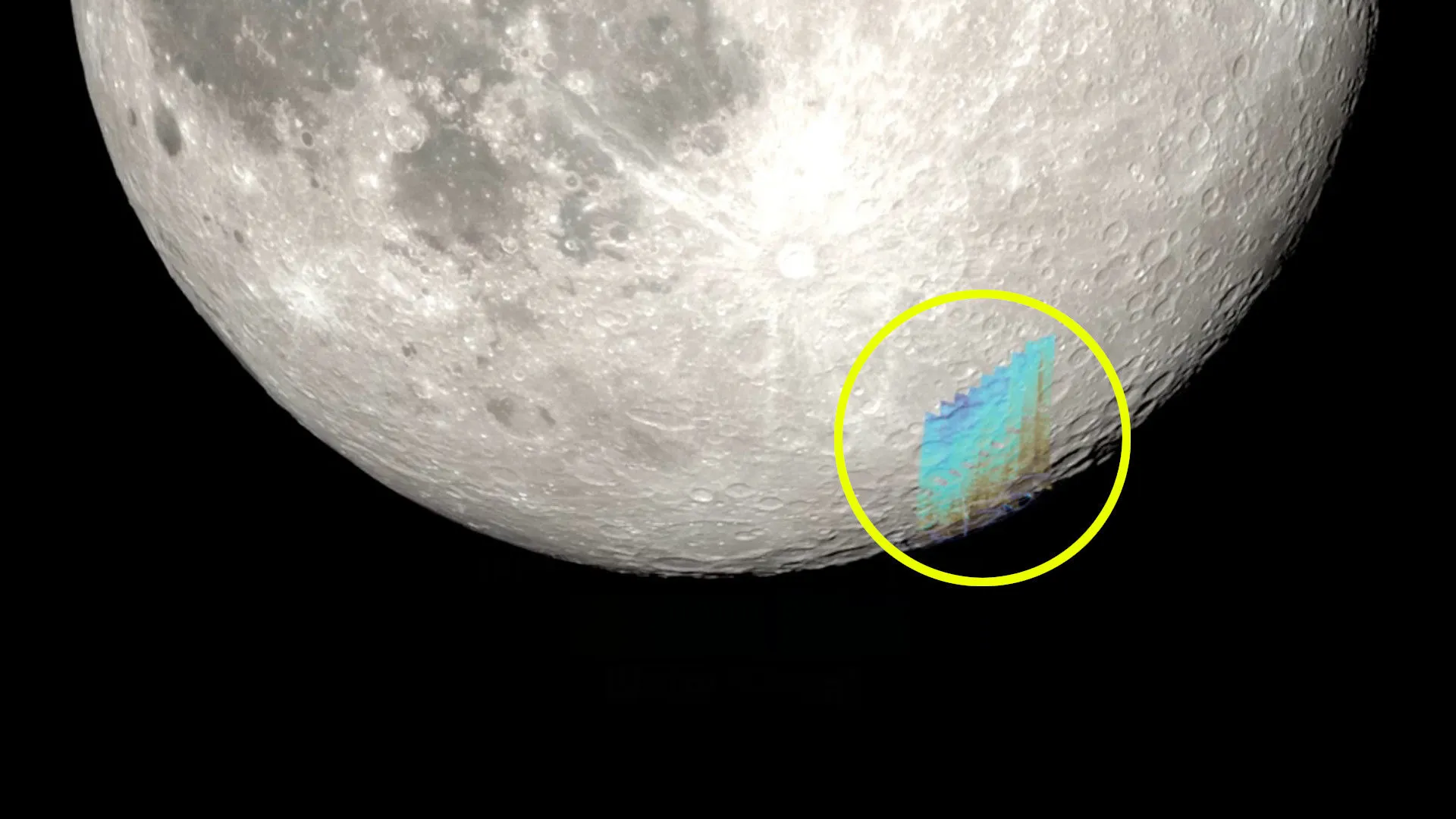In a groundbreaking disclosure that may rethink humanity’s future in space, NASA’s latest discovery about moon water has affirmed the nearness of water particles in sunlit ranges of the lunar surface. This fantastic finding marks a modern chapter in lunar investigation, clearing the way for feasible Moon missions, space colonization, and deep-space travel.
Foundation: Why Water on the Moon Matters

Water is the foundation of life. For decades, researchers have guessed approximately the plausibility of water existing on the Moon. Introductory suspicions recommended that water, if shown, would be limited to the for all time shadowed cavities at the lunar posts. Be that as it may, with progress in disobedience and later lunar missions like SOFIA (Stratospheric Observatory for Infrared Cosmology), NASA has changed that narrative.
Water on the Moon is not a fair imperative for potential human environments; it may too serve as a key fixing for rocket fuel—hydrogen and oxygen. That may drastically diminish the toll and complexity of long-term missions to Damages and beyond.
NASA’s Later Discoveries: What’s Unused in 2025?
In 2025, utilizing modern information from both Artemis-related tests and the updated SOFIA observatory, NASA researchers affirmed the broad nearness of H₂O atoms in sunlit locales of the Moon. Not at all like the prior suspicion that water existed as it were as hydroxyl (Goodness), these atoms are unmistakably genuine water (H₂O).
Key Subtle elements from the Study:
- The Clavius Hole, one of the most visible from Earth, was found to contain water atoms.
- The discoveries were affirmed indeed beneath daylight, debunking the conviction that sun based warm would dispose of any follower of water.
- This water is caught inside modest glass globules and soil particles, making it more available than polar ice.
Suggestions of NASA’s Discovery
1. Boosting the Artemis Program
NASA’s Artemis Program, which points to the arrival of "the to begin with lady and following man" on the Moon, picks up gigantic footing with this disclosure. Water implies space explorers can possibly extricate drinking water, deliver breathable oxygen, and indeed synthesize fuel utilizing electrolysis.
2. Fueling the Future of Profound Space Missions
Water found on the Moon may be part of hydrogen and oxygen, crucial for rocket drive. This underpins the concept of Moon as a refueling station for missions to Defaces and beyond.
3. Long-Term Lunar Habitats
The revelation upgrades the achievability of lunar bases, diminishing dependence on Earth-based assets. By leveraging in-situ asset utilization (ISRU), future missions can become semi-independent from Earth.
Innovation Behind the Discovery
NASA’s discoveries were made conceivable by:
- SOFIA’s Infrared Spectrometer, which identified the special infrared signature of H₂O.
- Lunar Observation Orbiter (LRO), which gives mapping and warm data.
- VIPER (Volatiles Exploring Polar Investigation Wanderer), set to dispatch in late 2025, will advance to investigate subsurface water ice.
This multi-instrumental approach guarantees higher information exactness and coverage.
What Sets This Revelation Apart?
Lunar hydration was suggested by earlier missions such as NASA's LCROSS and India's Chandrayaan-1. But those revelations were basically in shadowed districts and regularly recognized hydroxyl atoms, not immaculate water.
In contrast, NASA’s 2025 disclosure is to begin with conclusive proof of H₂O in sunlit regions, showing that water might be distant, more broad and open than once believed.
How Will NASA Utilize This Moon Water?
Water Extraction Techniques
NASA is working on innovations like:
- Regolith warming to discharge water from lunar soil.
- Solar-powered broilers to extricate water vapor.
- sophisticated filtration systems for the reuse and improvement of water.
Supportability & Recycling
Moon territories will likely coordinate closed-loop water systems—collecting water from squander and barometrical condensation—to guarantee effective reuse, much like the Worldwide Space Station.
Worldwide Collaboration and Commercial Interest

NASA’s discoveries have impelled intrigued from worldwide space agencies:
- ESA (European Space Organization) is arranging joint lunar missions centering on water.
- ISRO has proposed Chandrayaan-4 with improved disobedience to approve and ponder moon water deposits.
- Private companies like SpaceX and Blue Beginning are investigating how they can adjust with these discoveries for commercial Moon bases and tourism.
Challenges Ahead
Despite this breakthrough, critical challenges remain:
- Water extraction innovations are still in formative stages.
- Storage and transport of extricated water require designing innovations.
- Legal systems, like the Artemis Agrees, must advance to oversee Moon assets responsibly.
Still, this revelation is a mammoth jump in terms of inspiration and mission design.
What’s Another for NASA?
With the affirmation of water on the Moon’s surface:
- NASA intends to launch manned and mechanical missions focused on ISRU validation.
- Artemis III, anticipated by 2026, may incorporate water extraction experiments.
- Long-term vision incorporates building a Lunar Gateway—a space station circling the Moon—to serve as a launchpad for Damages missions.
Quick Actualities: Moon Water Disclosure Summary
| Aspect | Detail |
|---|---|
| Discovery Date | 2025 |
| Location | Sunlit areas, especially Clavius Crater |
| Molecule | H₂O (not just hydroxyl) |
| Instruments Used | SOFIA, LRO, VIPER |
| Application | Drinking water, fuel (H₂ + O₂), oxygen for breathing |
| Impact | Artemis Program, lunar habitats, Mars mission support |
Read More:- NASA Stop Exploring the Ocean
Conclusion: A Modern Time of Space Possibility
NASA’s latest discovery about moon water is not a logical milestone—it’s a portal to a modern wilderness in space investigation. With available water on the Moon, the dream of a self-sustaining lunar base is no longer science fiction. As NASA proceeds to thrust the boundaries of human potential, this disclosure will likely end up a foundation of multi-planetary exploration.
The Moon is no longer a destroy shake in the sky—it’s our to begin with a genuine station in the sun powered framework.

